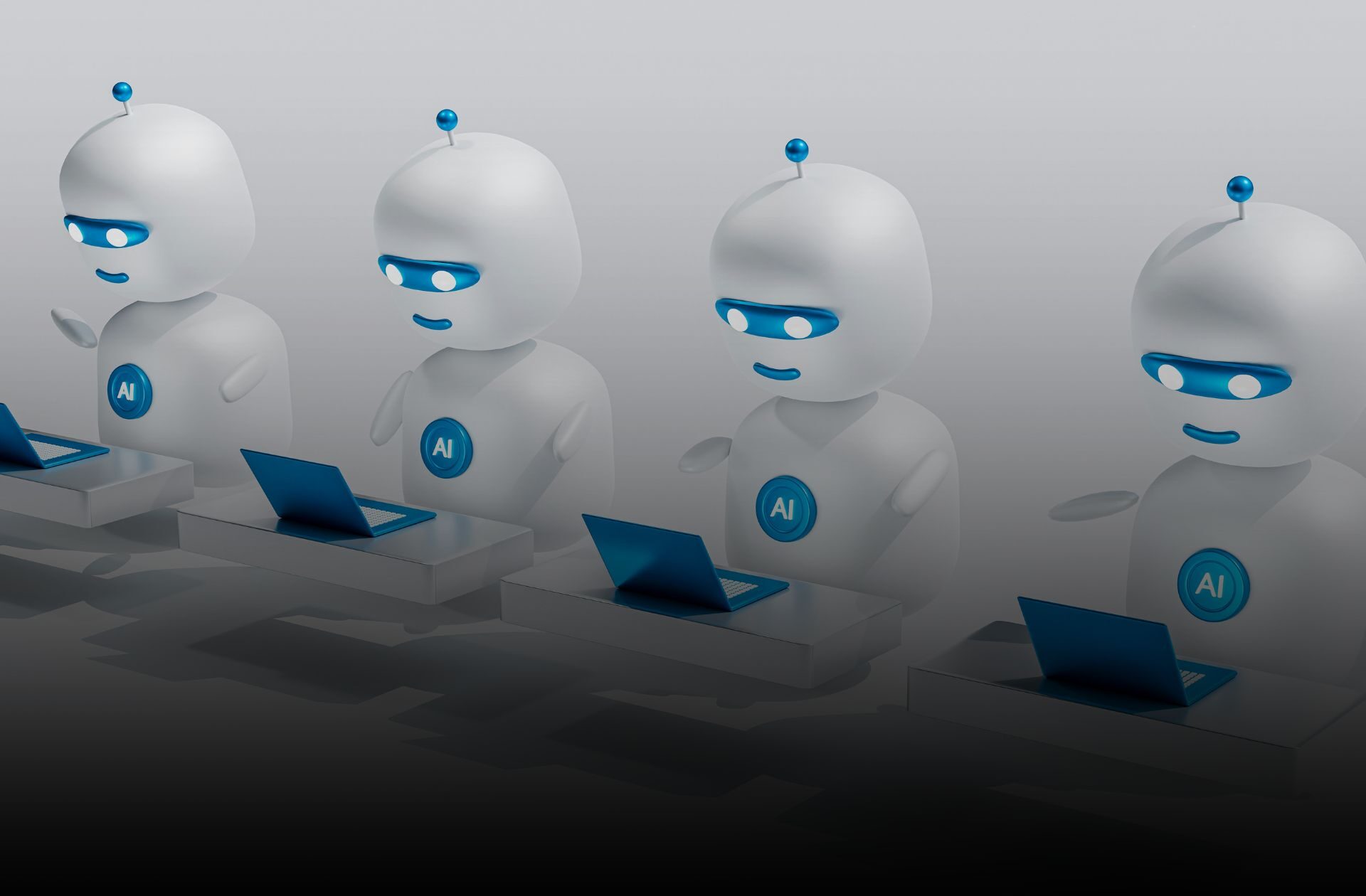Imagine a world where your favorite K-Pop idols perform live in front of you, but they’re not really there. Or imagine them starring in a movie you never thought possible. Welcome to the wild ride of K-Pop deepfakes, where creativity meets technology—and sometimes ethics. Whether you’re a casual fan or a hardcore stan, this topic is gonna blow your mind, so buckle up!
The world of K-Pop deepfakes is exploding, and it’s not just about creating cool videos anymore. It’s a whole new dimension where AI technology allows us to push the boundaries of what’s possible. But with great power comes great responsibility, right? So, let’s dive into the fascinating world of K-Pop deepfakes, explore its creative potential, and unpack the ethical implications that come with it.
From viral TikToks to high-budget music videos, deepfakes are everywhere. And when it comes to K-Pop, the stakes are even higher. Fans are both intrigued and concerned about how this technology could shape the future of the industry. So, are you ready to explore the ins and outs of K-Pop deepfakes? Let’s go!
- Unlock The Power Of Remoteiot Web Ssh Raspberry Pi Free Access
- Remote Raspberry Pi Iot Software Download Your Ultimate Guide
But before we dive deep, here’s a quick guide to help you navigate through this article:
- What is K-Pop Deepfake?
- How Do K-Pop Deepfakes Work?
- Ethical Issues Surrounding K-Pop Deepfakes
- Creative Uses of K-Pop Deepfakes
- Impact on the K-Pop Industry
- Legal Considerations for Deepfakes
- The Fan Perspective on Deepfakes
- The Future of K-Pop Deepfakes
- Conclusion: Is It Worth the Hype?
- Call to Action: What’s Next?
What is K-Pop Deepfake?
Alright, let’s start with the basics. A K-Pop deepfake is essentially a digital manipulation of K-Pop idols using AI technology. This can involve swapping faces, altering voices, or even creating entirely new performances that never actually happened. Think of it like Photoshop on steroids, but instead of just editing pictures, you’re editing entire videos.
The term “deepfake” itself comes from the combination of “deep learning” and “fake.” Deep learning is a type of AI that allows machines to learn and mimic human behaviors. In the case of K-Pop deepfakes, this means creating realistic videos of idols doing things they’ve never done before.
- Unlocking The Power Of Remoteiot Behind Router With Raspberry Pi
- Best Remote Iot Device Access Free Unlocking The Future Of Connectivity
But why is this such a big deal? Well, K-Pop is an industry built on visuals, performances, and storytelling. Deepfakes take all of that to the next level, allowing fans to experience their favorite idols in ways they never imagined. However, this also raises questions about authenticity and consent.
Why K-Pop Fans Love Deepfakes
Fans love deepfakes because they offer a chance to see their favorite idols in new and exciting ways. Whether it’s seeing them perform a different song, try out a new dance move, or even act in a movie, deepfakes give fans the ultimate creative freedom. Plus, let’s be real—K-Pop fans are some of the most creative people on the planet, and deepfakes are just another tool in their arsenal.
How Do K-Pop Deepfakes Work?
Now that we know what K-Pop deepfakes are, let’s break down how they actually work. At its core, a deepfake is created using machine learning algorithms that analyze thousands of images and videos of a person. These algorithms then learn to replicate their facial expressions, movements, and even voices.
Here’s a quick breakdown of the process:
- Data Collection: The first step is gathering a large dataset of images and videos of the person you want to deepfake. In the case of K-Pop idols, this could include music videos, interviews, and even fan-cams.
- Training the Model: Once the data is collected, it’s fed into a machine learning model. This model learns to recognize patterns and replicate the person’s appearance and behavior.
- Creating the Deepfake: Finally, the model is used to generate a new video or image that looks convincingly real. This could involve swapping faces, altering voices, or even creating entirely new performances.
It’s important to note that creating a deepfake isn’t as easy as it sounds. It requires a lot of computing power, technical expertise, and sometimes even a bit of artistic flair. But with the rise of user-friendly deepfake tools, more and more people are getting involved in this space.
Ethical Issues Surrounding K-Pop Deepfakes
Now, let’s talk about the elephant in the room—ethics. While K-Pop deepfakes can be a lot of fun, they also raise some serious ethical concerns. Here are a few of the biggest issues:
1. Consent
One of the biggest ethical issues with K-Pop deepfakes is consent. Do the idols actually agree to have their likeness used in these videos? In many cases, the answer is no. This raises questions about whether it’s fair to use someone’s image without their permission, especially when it could potentially harm their reputation.
2. Misinformation
Deepfakes have the potential to spread misinformation, and the K-Pop industry is not immune to this. Imagine a deepfake video of a K-Pop idol saying something controversial or doing something inappropriate. This could lead to real-world consequences, such as damaging their career or causing harm to their mental health.
3. Exploitation
Another concern is the potential for exploitation. Deepfakes could be used to create harmful or inappropriate content involving K-Pop idols, which could have serious consequences for both the idols and their fans.
Creative Uses of K-Pop Deepfakes
Despite the ethical concerns, there are plenty of creative ways K-Pop deepfakes are being used. Here are a few examples:
1. Fan Art and Videos
Many fans use deepfakes to create fun and creative videos featuring their favorite idols. This could include anything from imagining them in a different music video to seeing them perform a new dance routine.
2. Educational Content
Deepfakes can also be used for educational purposes, such as teaching fans about K-Pop history or culture. For example, a deepfake video could show how a certain dance move has evolved over time or how a particular style of music has influenced the industry.
3. Marketing and Promotion
Some K-Pop agencies are even starting to experiment with deepfakes as a marketing tool. By creating realistic videos of their idols in different scenarios, they can reach new audiences and promote their music in innovative ways.
Impact on the K-Pop Industry
The rise of K-Pop deepfakes is having a significant impact on the industry. On one hand, it’s opening up new opportunities for creativity and innovation. On the other hand, it’s also raising questions about authenticity and control.
For example, imagine a world where deepfakes become so advanced that it’s impossible to tell the difference between real and fake performances. This could lead to a loss of trust between fans and their idols, as well as between fans and the industry as a whole.
However, some experts believe that the industry will eventually adapt to this new reality. Just like how the rise of digital music changed the way we consume music, the rise of deepfakes could change the way we experience K-Pop.
Legal Considerations for Deepfakes
When it comes to K-Pop deepfakes, there are also legal considerations to keep in mind. In many countries, using someone’s likeness without their permission is considered a violation of their rights. This means that creating or sharing deepfakes of K-Pop idols without their consent could potentially lead to legal consequences.
Additionally, deepfakes that spread misinformation or cause harm could also lead to legal action. This is why it’s important for creators to be aware of the legal implications of their work and to use deepfakes responsibly.
The Fan Perspective on Deepfakes
So, what do fans think about K-Pop deepfakes? Well, it depends. Some fans love them because they offer a chance to see their favorite idols in new and exciting ways. Others are more skeptical, worried about the ethical implications and potential harm that could come from these videos.
One thing is for sure—fans are passionate about this topic. Whether they’re creating deepfakes themselves or just watching them online, fans are playing a key role in shaping the future of this technology.
The Future of K-Pop Deepfakes
So, where does the future of K-Pop deepfakes lie? Well, it’s hard to say for sure, but one thing is clear—this technology is here to stay. As AI continues to evolve, we can expect to see even more advanced deepfakes that push the boundaries of what’s possible.
However, it’s also important to remember that with great power comes great responsibility. As the industry and its fans continue to explore the possibilities of deepfakes, it’s crucial to do so in a way that respects the rights and dignity of everyone involved.
Conclusion: Is It Worth the Hype?
In conclusion, K-Pop deepfakes are a fascinating and complex topic. They offer endless possibilities for creativity and innovation, but they also raise important ethical and legal questions. Whether you’re a fan, a creator, or just someone who’s curious about this technology, there’s no denying that K-Pop deepfakes are changing the game.
So, is it worth the hype? That depends on how we choose to use this technology. If we approach it with respect and responsibility, the possibilities are endless. But if we ignore the ethical implications, we risk causing harm to the very people and communities we love.
Call to Action: What’s Next?
Now it’s your turn to join the conversation. Do you love K-Pop deepfakes, or do you have concerns about their ethical implications? Share your thoughts in the comments below, and let’s keep the discussion going.
And if you enjoyed this article, don’t forget to check out some of our other content on K-Pop and technology. There’s always something new to discover, and who knows—maybe you’ll even try creating your own deepfake!
- Mastering Remote Control Raspberry Pi Over Internet The Ultimate Guide
- Mastering Remoteiot Web Ssh Download A Comprehensive Guide


